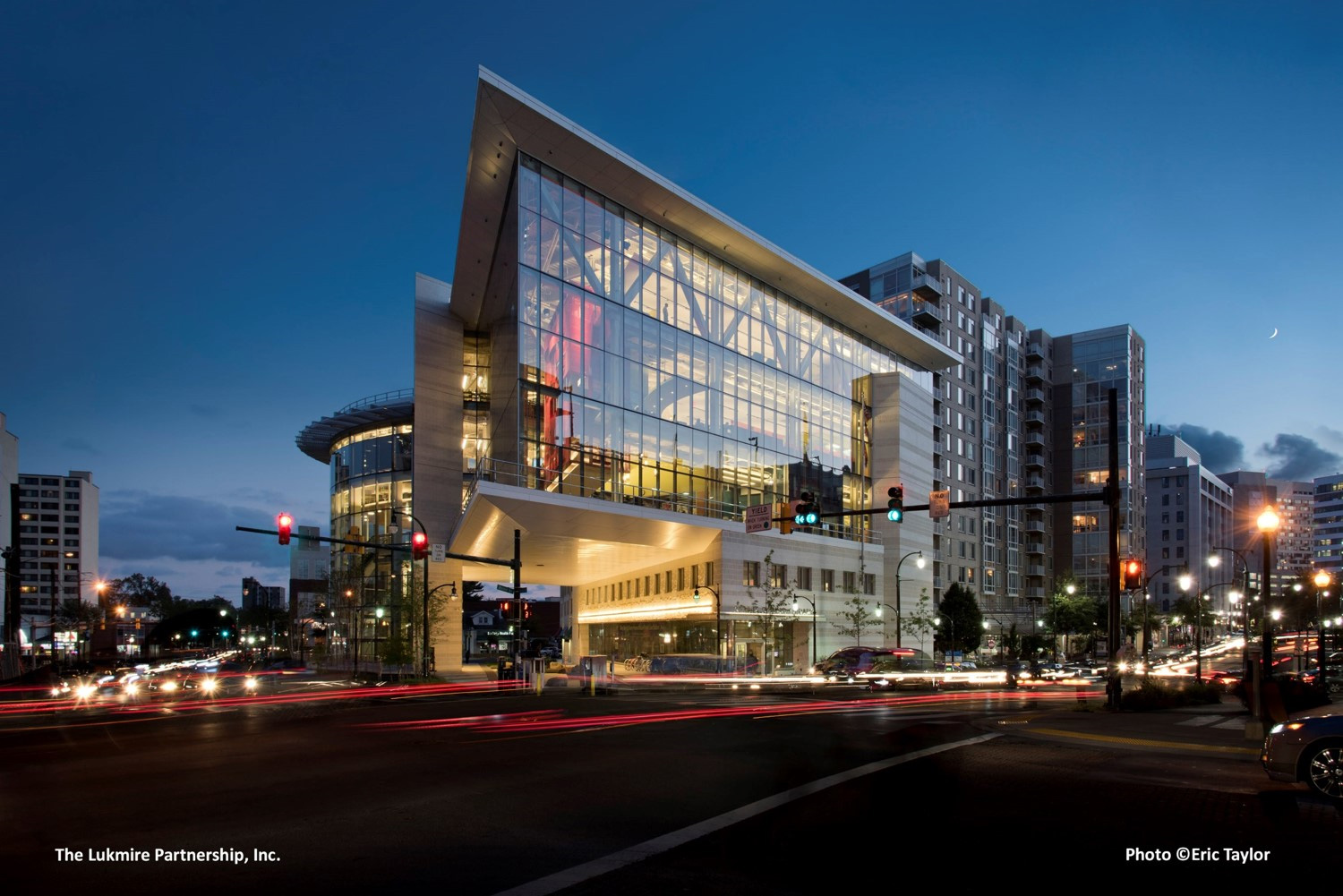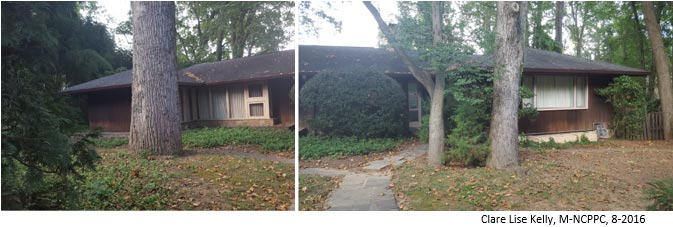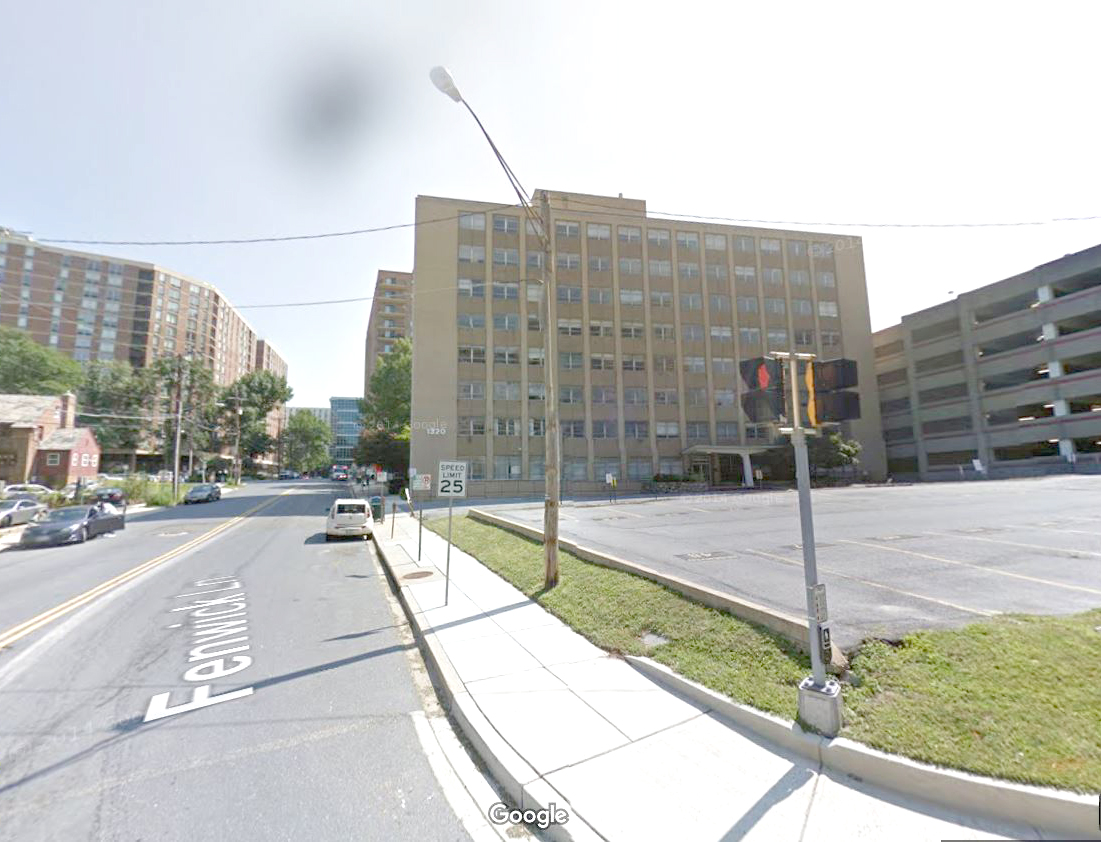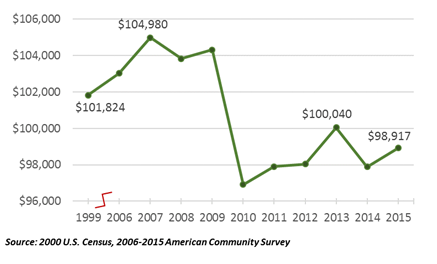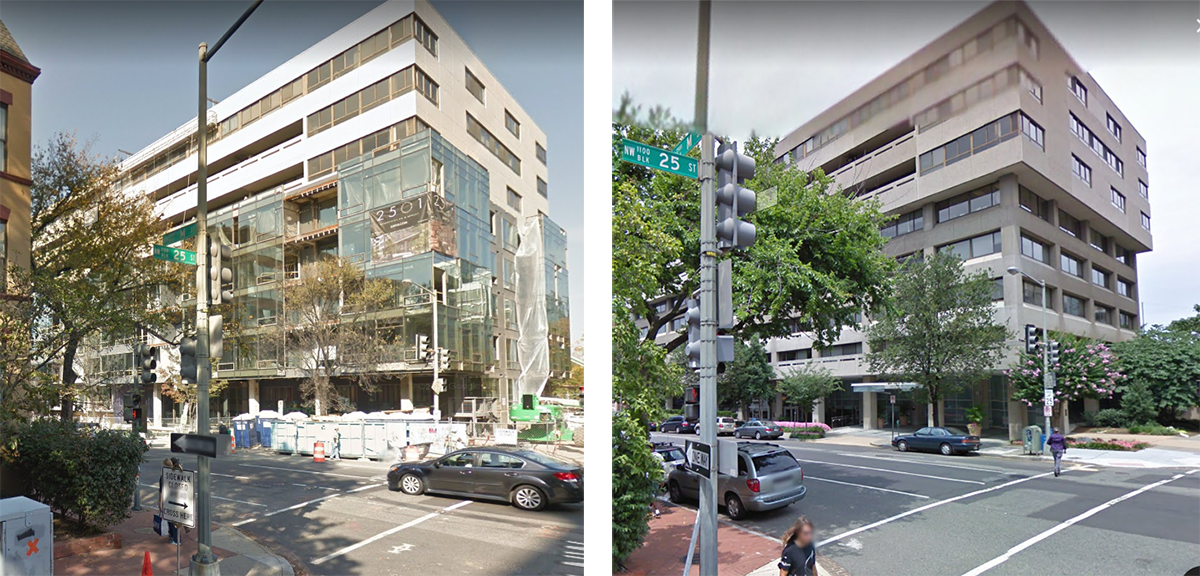
Economics, location, architectural design and zoning regulations play important roles in determining new uses for vacant office buildings
In a previous blog post, we explored trends likely to impact the adaptive reuse of office buildings, as illustrated through the Octave 1320 office-to-residential conversion in downtown Silver Spring. With its final unit now sold, the successful project prompted us to think about the future of office conversions in Montgomery County.
As cited in the 2015 Office Market Assessment and noted in countless other reports and news articles, the Washington region’s office market currently faces stiff headwinds that are likely to continue in the foreseeable future. Montgomery County is no exception. As of July 2017, the office vacancy rate in the … Continue reading

